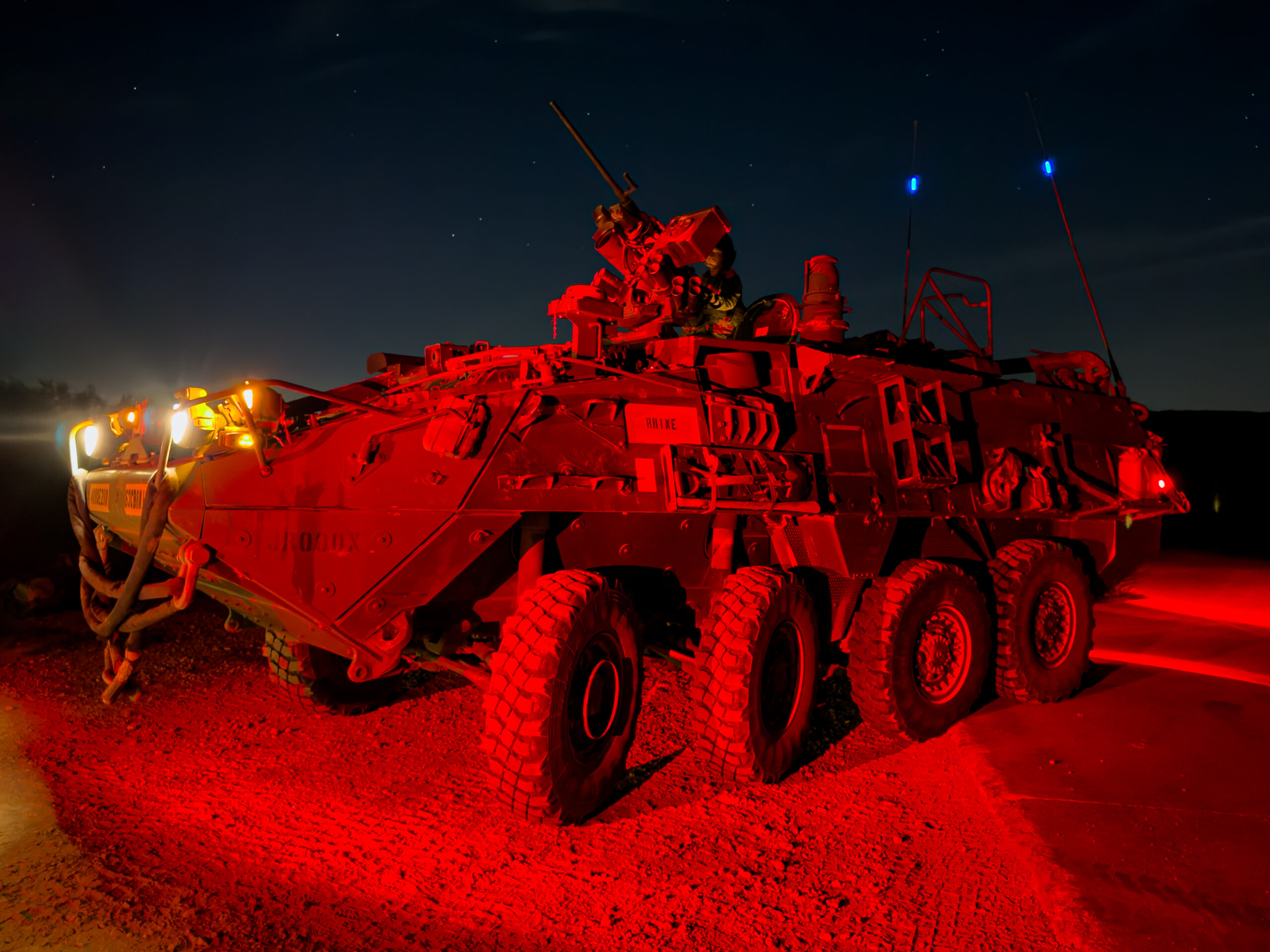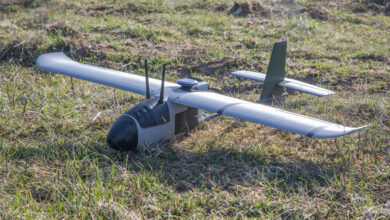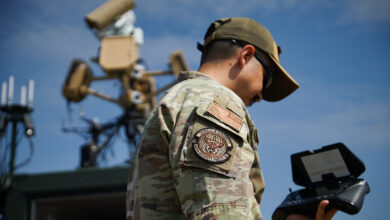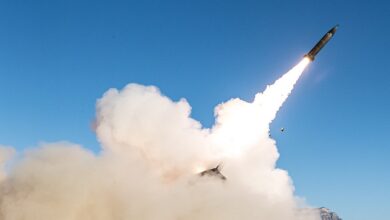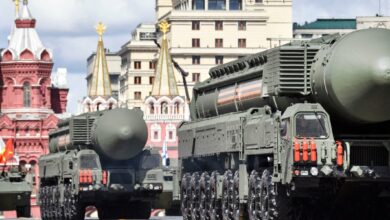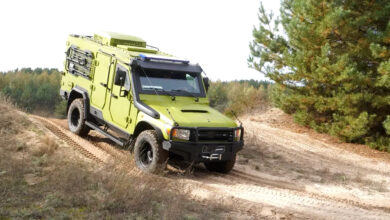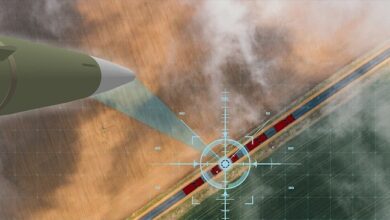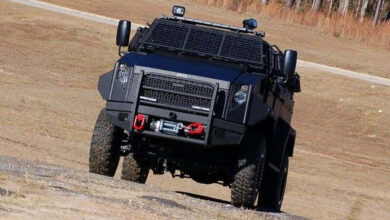The US Army has awarded Teledyne FLIR Defense a contract to provide multi-sensor detection testbeds for the M1135 Stryker Nuclear, Biological, and Chemical Reconnaissance Vehicles (NBCRVs).
The $74.2-million deal builds on a November 2024 award to equip the vehicles with a modern sensor suite system for enhanced anti-hazard and surveillance operations in the field.
Terms of the latest agreement cover six prototypes and corresponding support services for government testing.
This package will incorporate the company’s flagship R80D SkyRaider unmanned aerial system and MUVE B330 biological detection payload with autonomous flight control, enhanced hazard prediction software upgrades, and advanced sensing capabilities.
It will be coupled with a FLIR-developed command and control system to streamline sensing and automation functions, bolstering the NBCRV operators’ decision-making process on the field.
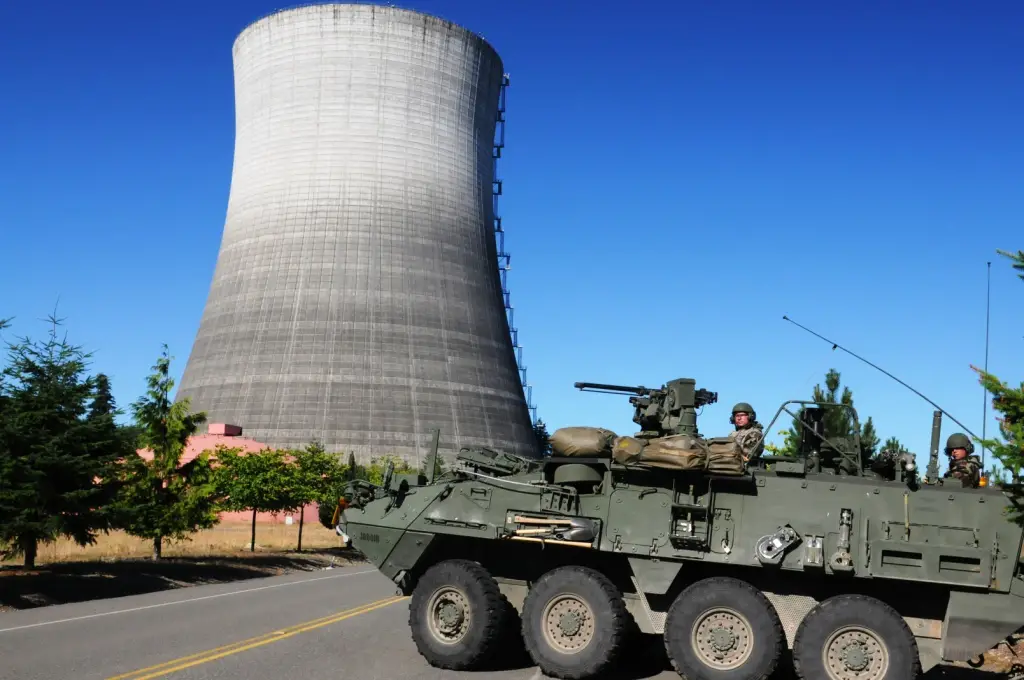
Work for the program will run until 2028, with related tasks to be conducted at FLIR Defense centers in Arizona, Maryland, and Oklahoma.
“By continuing to enhance sensor capabilities on NBCRV, we can help ensure future warriors will be ready to detect and respond effectively to a wide range of deadly agents,” Teledyne FLIR Defense President Dr. JihFen Lei stated.
“We’re proud to expand our support on this vital US Army program and to know that our drone, remote sensing, and integrated solutions are playing a major role to improve standoff and situational awareness.”
The Stryker NBCRV
The M1135 is the chemical, biological, radiological, and nuclear (CBRN) configuration of the General Dynamics M1126 Stryker transport vehicle developed in the early 2000s.
It measures 7 meters (23 feet) long, weighs 16,470 kilograms (36,310 pounds), can carry up to four personnel, and is protected by armor against 14.5-millimeter shells.
The 8×8 system is powered by a 350-horsepower Caterpillar 3126 turbo diesel engine for a top speed of 100 kilometers (62 miles) per hour and a range of 100 kilometers (311 miles).


